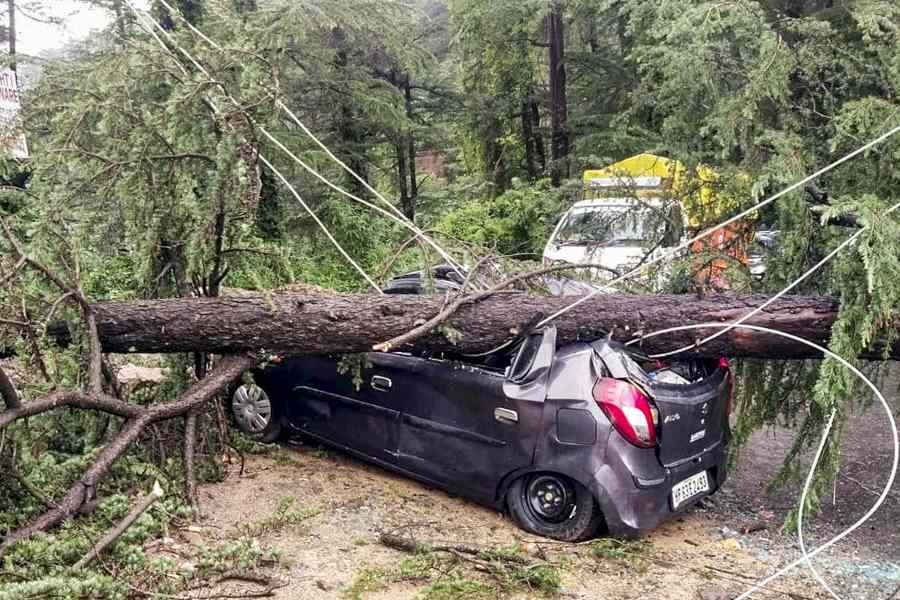 |
Towards the end of the 16th-century, Padua in Italy was about to embark on a fantastic revolution in science — Galileo Galilei arrived in Padua from Pisa for what he later rated as the best 18 years of his life (Galileo’s letter to Fortunio Liceti, June 23, 1640). He either invented or improved instruments and established the kernel of his great masterpieces, The Dialogue Concerning the Two Chief World Systems, 1632, and the Discourses and Mathematical Demonstrations Relating to Two New Sciences, 1638. He was dead four years later, in 1642, still confined in a house.
What was the cultural milieu of that time in Padua? Liberal arts, the classical trivium consisting of grammar, rhetoric and dialectic and, of course, the quadrivium — arithmetic, geometry, astronomy and music — dominated the cultural scenario. These subjects were considered the only arts that could lead to knowledge, obviously only for free men. The mechanical or manual arts, in contrast to the liberal ones, were only useful to satisfy daily needs. Until that time, manual arts were practised by slaves or not-free men, who had no connection with knowledge.
In this interface, Galileo was to make a decisive contribution, recognizing the crucial importance of the manual arts. During the 15th and the 16th centuries, a revolutionary intellectual movement started in earnest with its epicentre in Italy. Galileo, with an unprecedented boldness, demolished the distinction between the liberal arts and the manual arts. It was becoming abundantly clear, especially to the learned men of that time, that a lot of knowledge was produced in the workshops of artisans.
With the interaction between learned men and craftsmen, a new perception of a ‘scientist’ was emerging. Instruments were progressively being considered not just as products of knowledge but also as producers of knowledge — a distant whisper of the modern natural sciences, now culminating in the large hadron collider, ‘producing’ the knowledge of Higgs boson.
When Galileo used his telescope as a scientific instrument and went on to discover the ‘moons’ of Jupiter, he was keenly aware of the importance of mechanical arts for the development of knowledge. Instruments such as the telescope, he realized, do not distort but expand the horizon of our understanding, say, of the heavens not accessible to the naked eye. The merger of the mechanical arts with the liberal arts can be considered a revolution that Galileo pioneered, a kind of revolution that is one of the fundamental consequences of the age of humanism and the Renaissance.
Padua’s contemporary cultural environments led to two chief world systems, with the so-called Aristotelian-Ptolemaic system and the Copernican system. Curiously enough, the followers of Aristotle sharply separated celestial phenomena from terrestrial ones; the physics of the heavens was very distinct from the physics of the earth in the Aristotelian perception.
Celestial bodies created by ‘god’ were made of a special substance, a highly perfect quintessence that was immune to changes, their perfection made manifest by their eternal circular motions. On the other hand, the sublunar region, such as the atmosphere and the earth, was the playground of changes, life, even death, and was made of four elements: earth, water, air and fire. Aristotelian metaphysics missed out completely on the concept of vyoum or zero, or void vacuum. ‘Zero’ was discovered by the ancient rishis of India. The Roman numbering system had no zero in its system and thus never had any significant elegance.
The insight of the Aristotelian-Ptolemaic system correctly predicted that the constituting elements had their ‘natural’ place at a given height or distance from the centre of the earth; if they were in a different position, they moved along a straight line to go back to their natural place — we can see here the precursor of the Newtonian laws of motion.
But accepting the heliocentric universe of Copernicus and abandoning Aristotelian physics led to huge of paradoxes. For example, if the earth moves, especially in rotation, how can a stone fall perpendicularly to the earth’s surface? Again, why does the moon revolve around the earth when both revolve around the sun in one year? And so on.
In August 1597, Galileo declared to Kepler that he was a Copernican, although he was aware that unlike the Aristotelian-Ptolemaic system, the Copernican one lacked in fundamental physics.
By the end of the 16th century, Galileo was devoting his time to the unification of the science of heaven and the science of earth. The Galilean unification, in essence, is rather similar to the spirit of physicists through the 20th century up to now, in the effort to unify the fundamental forces of nature. This effort is now at the forefront of the physical sciences.
During 1597-98, Galileo embarked on building an accurate military compass. In the process, he came to comprehend that mechanical means could be made available for solving all practical mathematical problems; again, rather as electronic devices referred to as computers are used in today’s world. Galileo proceeded to build instrument after instrument, ushering in a new era of observational astronomy. Contrary to popular notions, he did not invent the telescope but improved the magnification from 5/6 times to 28/30. He then went on to demolish the traditional world view with calm composure.
Starting his systematic observations in March 1610, he wrote down his views in the Sidereus Nuncius, a booklet written in Latin. We shall mention a few conclusions that dramatically changed the old world view and thus introduced the first hints of what we refer to as modern science.
For instance, the structure of the moon was revealed, indicating the illumination of mountain tops and the shadows cast by crater walls. He constructed a topological chart of the moon’s surface, even estimating the heights of the mountains. The moon was no longer the perfect Aristotelian sphere, or even not a ‘planet’. On January 7, 1610, Galileo observed through his telescope “three fixed stars” invisible to the naked eye, all close to Jupiter. On January 10, Galileo noted that one of them had disappeared. He had discovered for the first time three of Jupiter’s four largest moons and named them Europa (picture), Ganymede and Callisto. Later, they were simply called the Galilean satellites.
The observation of the satellites of Jupiter created a revolution in astronomy. A vast store of yet undiscovered astronomical wonders was opened up by Galileo, startling the scientists and the philosophers of the time. He even observed sunspots, which Kepler had observed but mistaken as the transit of Mercury. Galileo’s theoretical and experimental work had a profound influence on Kepler and Descartes. Galileo’s knowledge base eventually led to the Newtonian laws of motion. Watching the swings of the great bronze chandelier in the cathedral of Pisa, he deduced the fundamental laws of motion.
In September 1632, Galileo was ordered to come to Rome to stand trial. Throughout his trial, Galileo declared that since 1616 he had faithfully kept his promise not to fall prey to the denial of the truth. In his final interrogation in July 1633, he was threatened with torture if he did not tell the truth in the form the Church demanded. He felt that he was the custodian of his perception — the truth in spite of the threat. The inquisitor formally ordered imprisonment; this was commuted to house arrest and so he remained till the last day of his life.
Stephen Hawking feels that Galileo probably bears more of the responsibility for the birth of modern science than anybody else; Einstein called him the father of modern science. Galileo’s denial preserved the truth for eternity. For truth he was ready to die.











